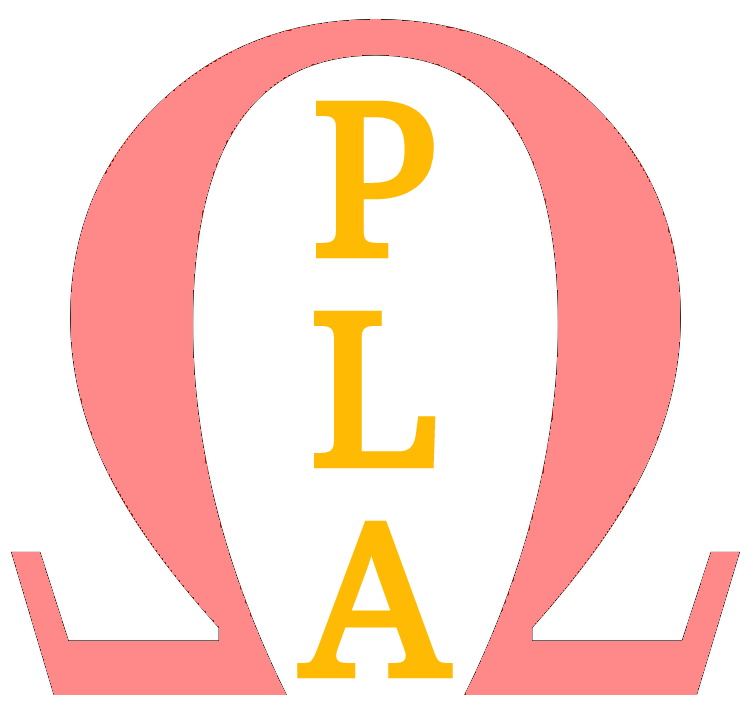How to Learn a New Language as a Busy Working Adult: A Realistic Approach
Learning a new language is an enriching experience, but for busy working adults, finding the time to fit language learning into an already packed schedule can feel overwhelming. The good news is that mastering a new language doesn’t require hours of daily commitment. With the right strategies and realistic expectations, even the busiest professional can make steady progress.
In this article, we’ll explore how much time you realistically need to dedicate to language learning and provide practical tips to help you achieve fluency while balancing your work and personal life.
How Much Time Do You Really Need to Learn a New Language?
The time required to learn a language depends on several factors, including your target language, your proficiency goals, and your learning methods. Here’s a breakdown:
The Difficulty of the Language: The Foreign Service Institute (FSI) classifies languages based on their difficulty for English speakers. For example:
Category I (easier languages like Spanish or French): Around 600-750 hours of study.
Category IV/V (more complex languages like Arabic, Chinese, or Japanese): Around 2,200+ hours of study.
Your Goals:
Basic Conversations: Achievable with 100-200 hours of study.
Professional Fluency: Requires 600+ hours, depending on the language.
Native-Like Proficiency: May require years of consistent effort.
Your Availability:
If you can dedicate just 30 minutes per day, that adds up to 3.5 hours per week or 182 hours per year.
With this pace, you could reach basic conversational skills in a year for an easier language.
Tips for Learning a Language as a Busy Professional
1. Set Realistic Goals
Start by defining your purpose. Do you want to:
Hold basic conversations while traveling?
Understand foreign movies and songs?
Use the language for professional purposes?
Clear goals will help you prioritize and stay motivated.
2. Break It Into Manageable Chunks
You don’t need hours at a time to make progress. Here’s how you can fit learning into your day:
Morning: Spend 10 minutes reviewing vocabulary over breakfast.
Commute: Listen to language podcasts or audiobooks while driving or on public transport.
Lunch Break: Watch a short video or complete a quick exercise on a language app.
Evening: Practice speaking or listening for 10-15 minutes before bed.
3. Incorporate Immersion into Your Routine
Create an immersive experience without leaving your home:
Change your phone and social media settings to your target language.
Watch TV shows, movies, or YouTube content in the language (with or without subtitles).
Listen to music or radio stations from countries where the language is spoken.
4. Find Short Practice Sessions
Even short bursts of practice can add up:
Practice shadowing by repeating phrases you hear in podcasts or videos.
Use language exchange apps to chat with native speakers for 10-15 minutes.
Write a daily journal entry in your target language.
5. Be Consistent
Consistency matters more than intensity. A daily 15-30 minute session is better than a single two-hour session each week. The goal is to make language learning a habit.
6. Use Your Work Environment
If applicable, integrate language learning into your professional life:
Label items in your workspace with their names in your target language.
Learn industry-specific vocabulary relevant to your job.
Practice speaking or writing with colleagues who know the language.
Sample Weekly Schedule for Busy Adults
Here’s a realistic schedule that fits into a busy lifestyle:
Monday to Friday:
10 minutes: Morning vocabulary review with flashcards.
20 minutes: Listen to a podcast or audiobook during your commute.
15 minutes: Practice speaking or shadowing in the evening.
Saturday:
30 minutes: Watch a TV show or movie in your target language.
15 minutes: Write a short journal entry.
Sunday:
1 hour: Have a conversation with a language exchange partner or tutor.
Total weekly time: 4-5 hours.
Key Takeaways
Small Steps Lead to Big Gains: Even as a busy working adult, dedicating just 30 minutes a day can yield significant progress over time.
Use Idle Time Wisely: Commutes, lunch breaks, and downtime are perfect opportunities for language learning.
Consistency Is Key: Regular, bite-sized practice is more effective than sporadic, intensive sessions.
Final Thoughts
You don’t need endless free time to learn a language. By setting realistic goals, leveraging modern tools, and incorporating short practice sessions into your daily routine, you can make steady progress toward fluency. Remember, language learning is a marathon, not a sprint. Stay consistent, stay motivated, and enjoy the journey!

